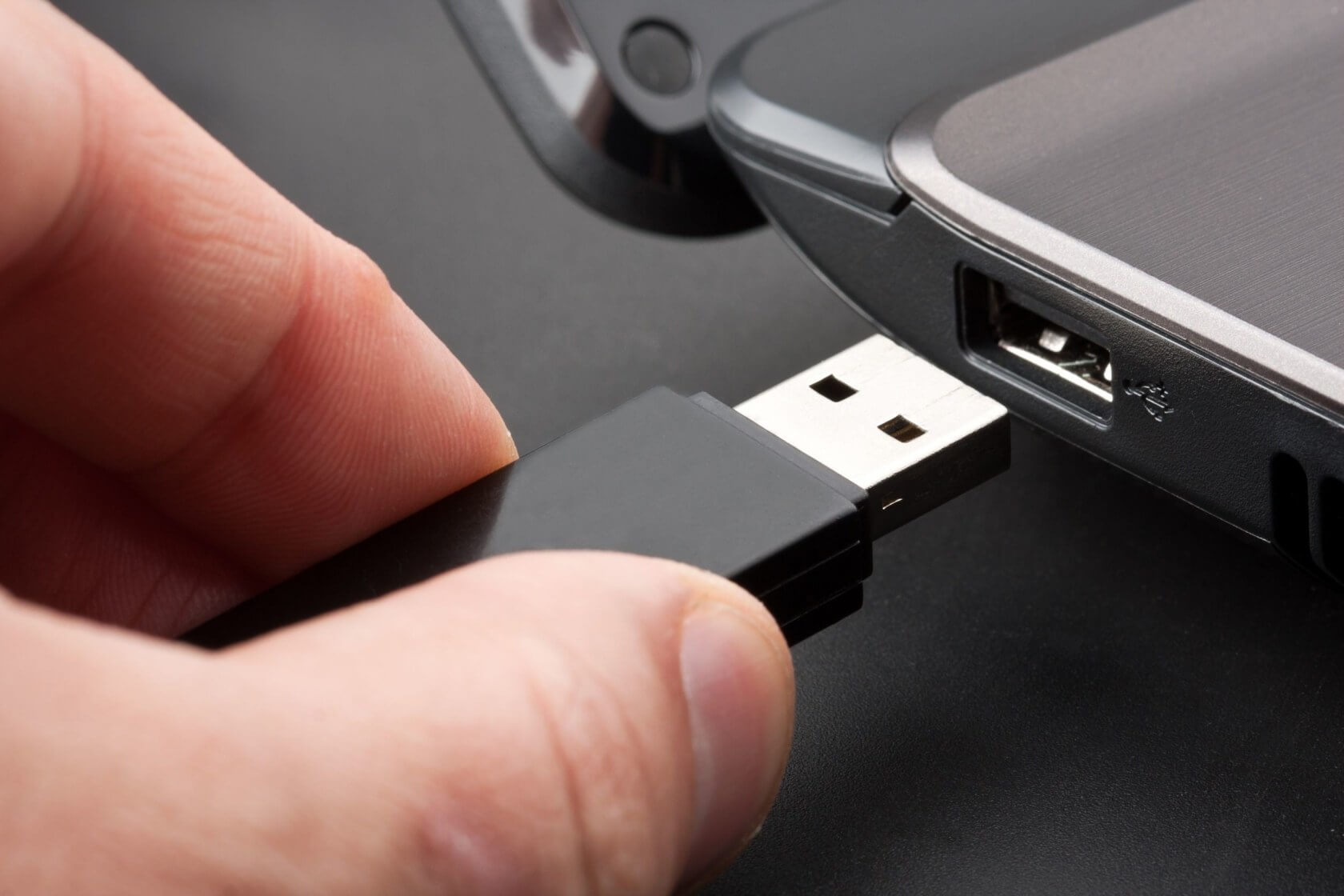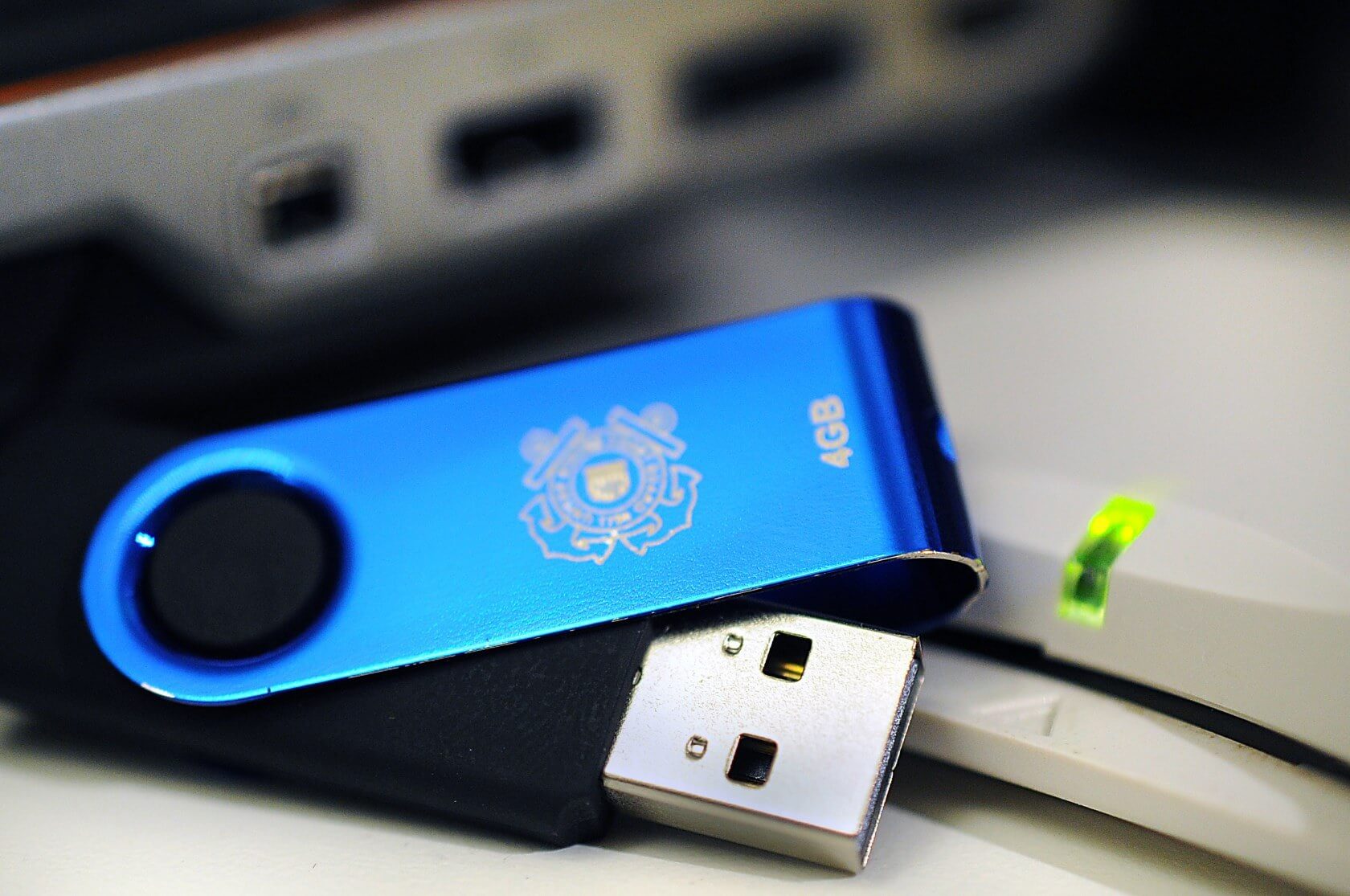In context: It doesn't matter if you're a long-time PC enthusiast or a casual user, one thing is certain: we've all had to deal with the frustration of plugging in standard USB cables properly. You know how it goes: you try to plug it in, and it doesn't seem to fit, so you reverse it and give it another whirl only to realize you had it right the first time.

Depending on the location of your USB ports -- sometimes they're under crowded desks, surrounded by a mess of other cables -- you may be forced to repeat step one and two a few times before you're successful. Newer USB variants are finally solving this problem with reversible connectors, but why wasn't that the design from the get-go? Why did it take so long for the computer industry to solve this minor, but consistent annoyance?
According to the inventor of the original USB connector himself, Ajay Bhatt, there was one critical reason: cost. Bhatt claimed in a recent interview with NPR that designing a USB connector that could plug in either way could have "doubled" their production costs; primarily due to the extra circuits and wires needed to make it happen.
However, it wasn't just Intel's bottom line that Bhatt was concerned with -- there was a greater vision in play. Before USB came along, there wasn't really a standardized port for various devices. As anyone older than 25 will likely know, peripherals like keyboards, headsets, and microphones often needed their own unique cables and jacks to function properly.

Compared to that scenario, a 50/50 chance to plug your device in correctly the first time (causing you to waste a few seconds at worst) probably seems quite appealing.
Anyway, in order to convince others in the computing industry (like Steve Jobs) to adopt a relatively-universal port on their devices, Bhatt decided it was necessary to keep USB's production as cheap as possible. Doing so made it far easier to sell the idea to others, and it's arguably thanks to that difficult decision that the various versions of the tech we have now are easily the most common connectors out there.
Of course, despite all of that, Bhatt isn't blind to the frustration his early designs caused. He has acknowledged multiple times over the years that the non-reversibility of USB connectors has proven pretty annoying to the average user. Still, in his eyes, it was a necessary evil.